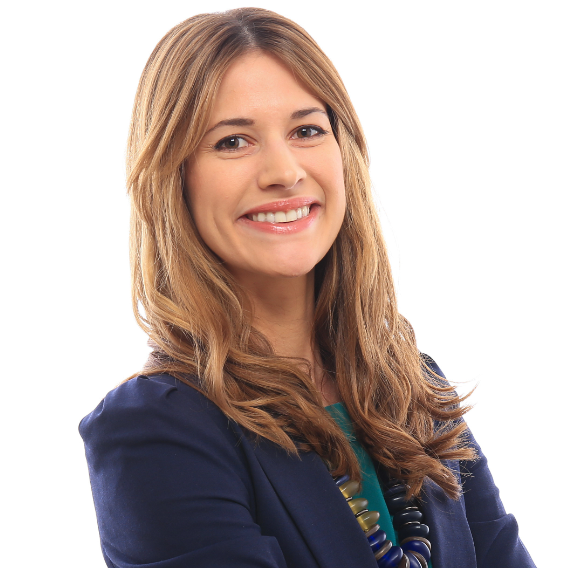Target date funds have been around for over 20 years, but over the last several years they have seemingly become a mainstay of 401(k) plans. For novice investors and those just starting out, the ‘target date’ feature of choosing a retirement date and “setting and forgetting” an investment strategy has understandable appeal. But for investors with larger amounts of assets under management and more complex financial situations and retirement needs, target date funds may not do the trick.
Below we’ll explore some of the positive features and drawbacks of target date funds.
[+] Read MoreRetirement Planning Retirement Income Strategy Saving for Retirement Financial Planning


















